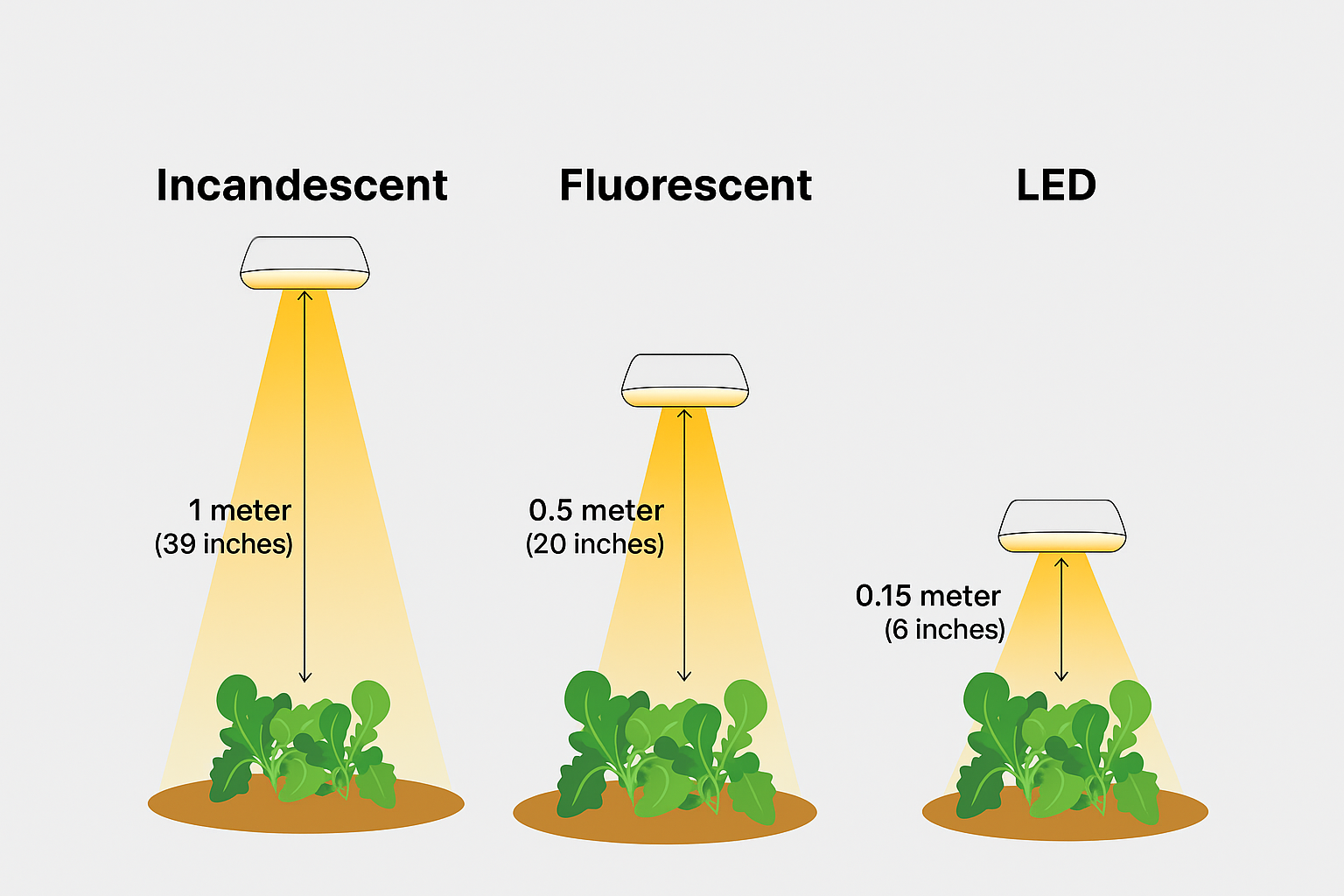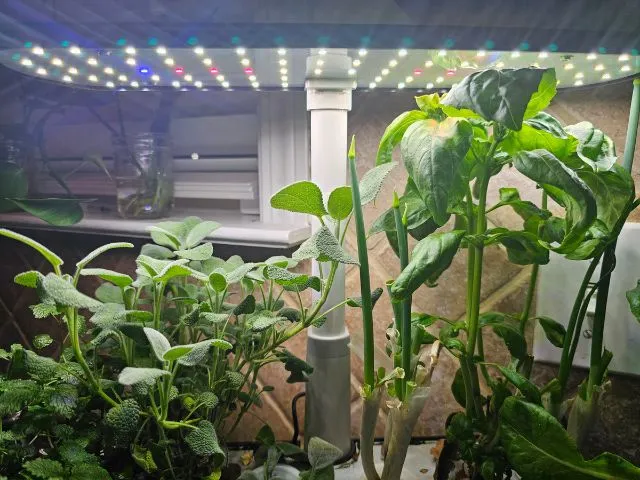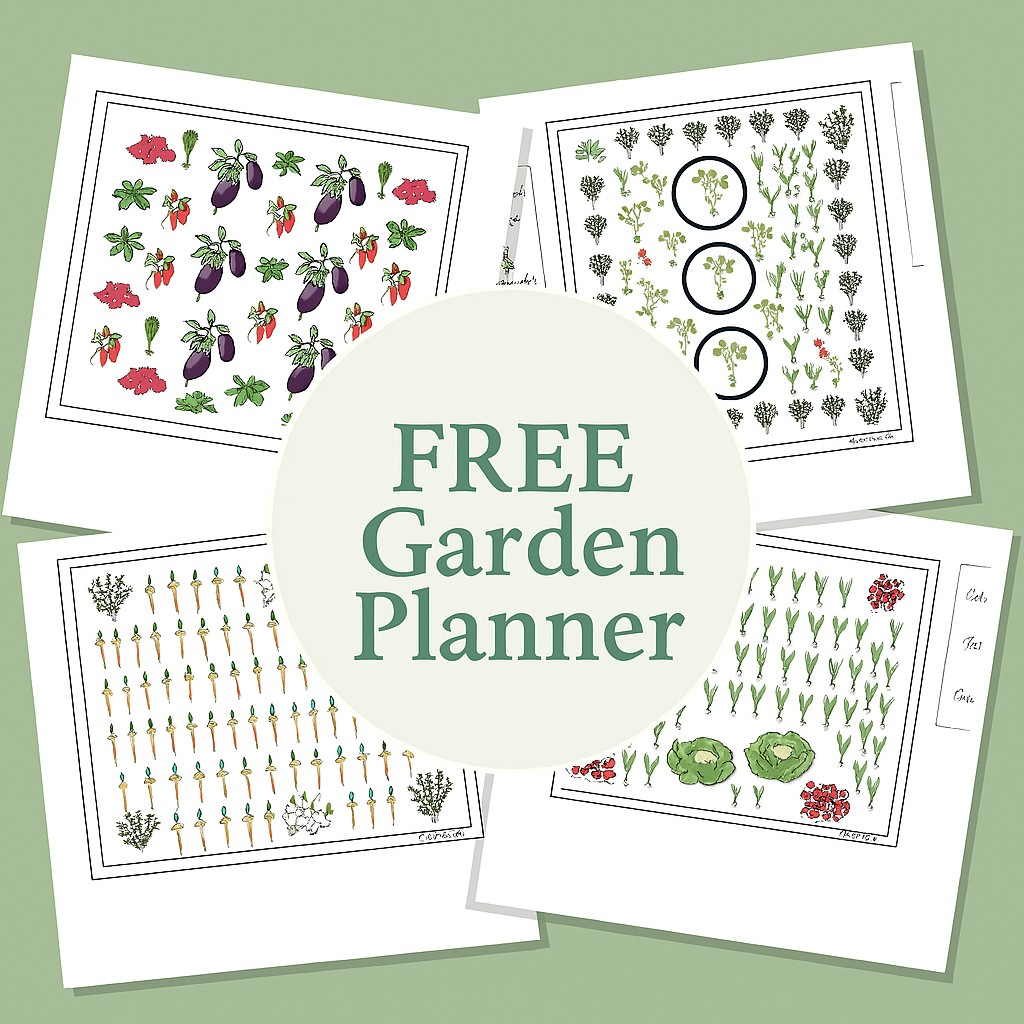Grow Lights for Houseplants: Do They Really Work?
There’s something magic about watching a sad, scraggly plant perk up under the right light. I’ve had my fair share of leggy spider plants and droopy pothos that looked like they were begging for sunshine.
Not everyone’s home gets that glorious, all-day sun — especially if you live in a little flat or your windows face the wrong way (hello, south-facing in the southern hemisphere).
That’s where grow lights step in. Like a second sun — without the sunburn.
When Sunlight Just Isn’t Cutting It
You’d think putting a plant near a window would do the trick. Sometimes it does.
But between cloudy winter days, shaded back corners, and the fact that some homes just don’t get direct sunlight, plants can end up struggling. Instead of growing lush and bushy, they stretch out thin, their leaves go pale, and new growth slows to a crawl.
I had a monstera once that literally reached for the fridge light every time I opened the door. That was my sign to sort out better lighting.
The Types of Grow Lights (and What They’re Good For)
There’s a surprising number of options, but here’s the general vibe:
| Light Type | Good For | Watch Out For |
|---|---|---|
| Incandescent | Low-light plants, short-term use | Too hot, very inefficient |
| Fluorescent | Seedlings, foliage plants | Need to replace every so often |
| LED | Everything (really) | Bit of an investment upfront |
LEDs are the darlings of the plant world now. They’re energy-efficient, cool to the touch, and you can get full-spectrum ones that mimic natural sunlight. Plus, they come in all shapes — strips, bulbs, panels — whatever fits your setup.
The Whole Spectrum Thing

Not to get too science-y, but different light colours do different things. Blue light helps with leafy growth, red encourages flowering, and full-spectrum light gives your plant the whole buffet it would normally get from the sun.
If you’re growing herbs or lettuces indoors, blue-heavy light’s your friend. If you’re trying to coax your African violets to bloom, red light helps.
I like to just keep it simple and go for full-spectrum. No guesswork.
Setup Tips from Someone Who’s Burned a Fern (Accidentally)
Okay, here’s what I’ve learned after messing up a few times:
1. Distance Matters
If the light’s too close, your plant will cook. Too far, and it won’t do much. A safe bet?
- LEDs: 15–30 cm away
- Fluorescents: 30–45 cm
- Incandescents: Honestly, just don’t bother unless you’re desperate

2. Timers Are Your Friend
Plants need rest too. I run mine for about 12–14 hours a day and then let them “sleep” in the dark.
Some folks go longer, especially for seedlings, but I find that 12–14 keeps most houseplants happy.
3. Rotate and Observe
I’ve had plants lean toward the light like they’re sunbathing. Rotate them every few days. If the leaves start looking washed out or crispy at the edges, that’s your cue to move the light up or ease back the hours.
Is It Worth It?

Short answer: yep.
Especially in places like New Zealand, where the winters get gloomy and light hours drop, grow lights are a game-changer.
I used to think they were just for fancy plant nerds, but honestly, they’re as essential as a watering can now.
Even Jess down in Auckland swears by hers — she keeps her basil going year-round, which is basically witchcraft if you ask me.
Final Thoughts
Don’t overthink it. You don’t need a high-tech setup with timers that sync to your phone and mood lighting options (unless that’s your vibe).
A simple full-spectrum LED bulb in a desk lamp pointed at your plant for half the day will already make a massive difference.
Here’s the gist: If your plants look like they’re reaching for the light, give them a bit of extra help.
It doesn’t have to be fancy, just thoughtful. And once you see that first new leaf unfurl, all lush and green, you’ll know it’s working.
Now go on — light up your indoor jungle.


